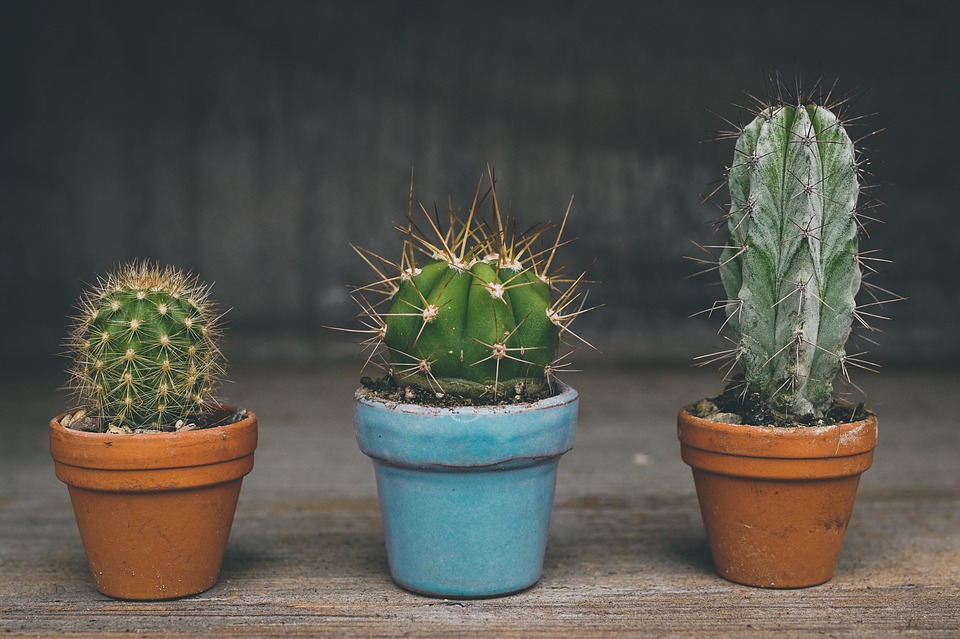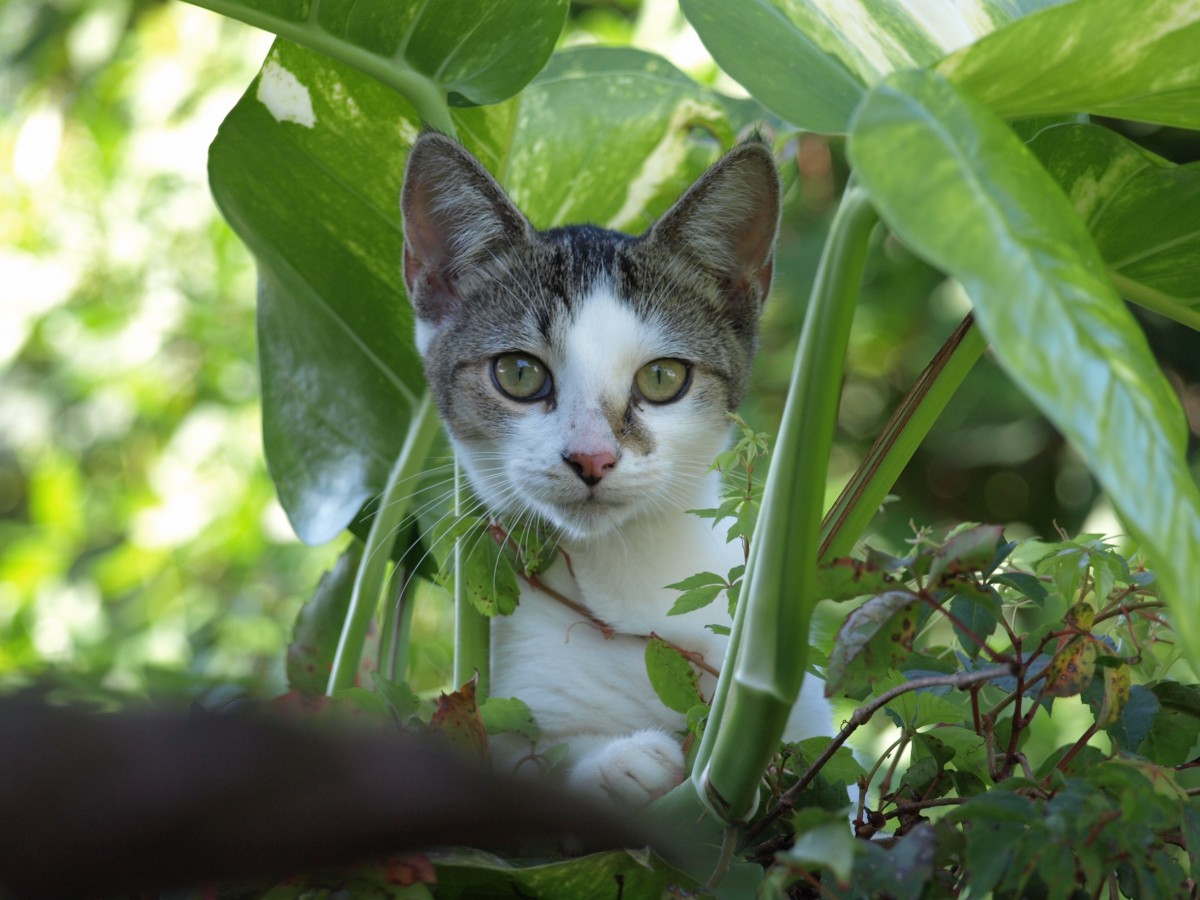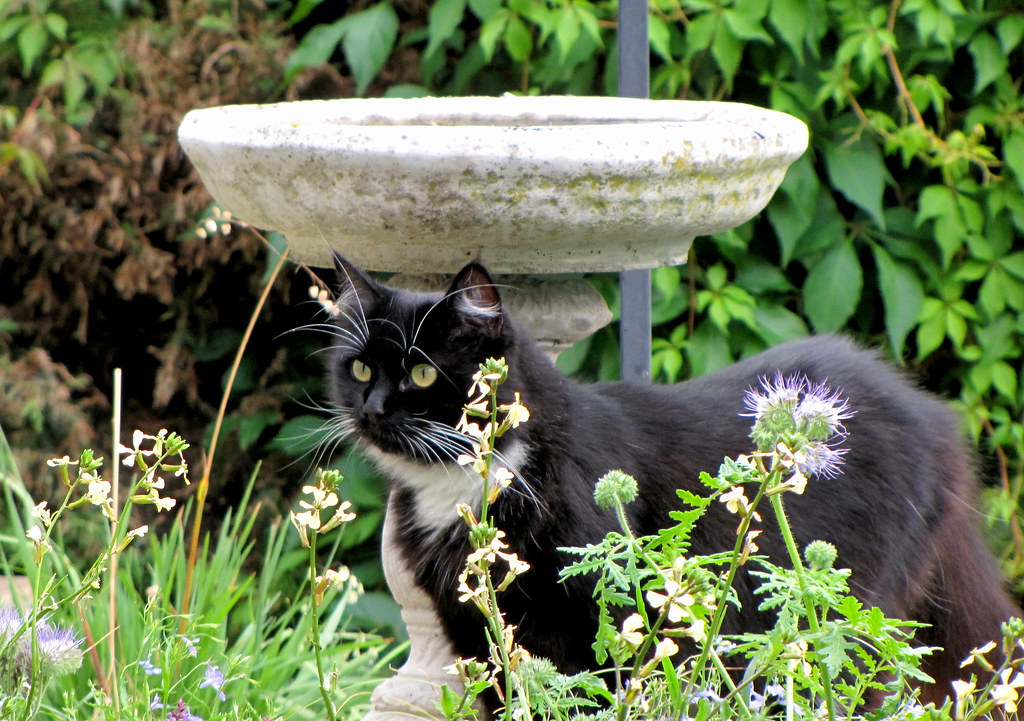Plants embellish the interiors and exteriors, and they can make your apartment more comfortable and add color to your garden, terrace, or balcony. When it comes to choosing the right pot for your plants, it is not just a matter of aesthetics. Instead, the ideal pot will also promote growth and health. Here is a guide on choosing the right pot from various materials, shapes, and colors!
Points to Consider When Choosing a Plant Pot
Choosing a plant pot is not an easy task, and you need to find the one that best suits the plant you want to take care of. There are many aspects to consider, some for beauty and others for balanced plant growth. Pay particular attention to the following factors.
Materials: Pots and planters come in various materials to meet aesthetic, functional, and practical requirements. Terracotta and plastic are the most commonly used materials, but pots are also made of concrete, stone, metal, wood, glass, rattan, and resin.

Plant Pot, Multicoloured, Lavender, Plant, Pot, Rainbow
Terracotta
Made from clays of various compositions rich in iron oxide, terra cotta is a beautiful material suitable for outdoor use due to its heat and frost resistance. However, it is recommended to cover the garden pot with a linen cloth in winter. Terracotta pots have high porosity, allowing excess water to evaporate and exchange gases with the outside air. Because of their weight, they are stable and can be placed on a terrace in the wind, but on the other hand, they are difficult to move. It is fragile when subjected to impact and may develop algae and mildew from the outside. Terra cotta is ideal for plants that require dry, well-ventilated soil, such as bromeliads and succulents.
Plastic Pots
Plastic pots are cheaper and easier to carry because of the lightweight material. Despite its low cost and lightweight, it is solid, weatherproof, and easy to carry. Its main drawback is its low porosity. Since water cannot evaporate from the surface of the plastic, it does not allow enough air to circulate through the soil. It is advisable to reduce the frequency and amount of irrigation to avoid water retention in the substrate.
Resin Pots
Light and easy to handle, resin pots are characterized by their sophisticated beauty. Unlike monotonous plastics, the resin has gorgeous shades of color and a design to beautify any environment, indoors or out. Resin works well with plants that prefer slightly moist environments and soil and species that prefer more compact substrates.
Shapes: square, rectangular, circular, conical, and bowl-shaped. Square pots for indoor use and outdoor pots with side pockets are also available. Choose a shape that is aesthetically pleasing and take into consideration the location and space. For example, rectangular pots take up less space, while round pots look good but might take up a lot of space.
Size: A pot that is too small may not be able to meet the needs of the next growing season’s plants. On the other hand, if the pot is too large, the water will become stagnant, and the plant will be prone to mold and parasites. As for the depth, it should not be less than 25cm. For plants that require deep rooting, the pot should be at least 35cm deep. For large shrubs and small trees, the depth of the container needs to be about 60 cm to 1 meter.

Yard, Flowerpot, Nature, First Leaves, Plant, Planting
Accessories: Accessories such as saucers and potsherds are both aesthetically pleasing and functional. On the one hand, they enhance the pot, and on the other hand, they allow the plant to live in the best possible environment.
Color and Decoration: Aesthetics play an important role when choosing pots, especially for indoor plants. However, keep in mind that dark colors tend to absorb heat and overheat the roots, while light colors help keep the temperature cool.
What type of plant pots do you prefer? Share your thoughts with us in the comments below!



